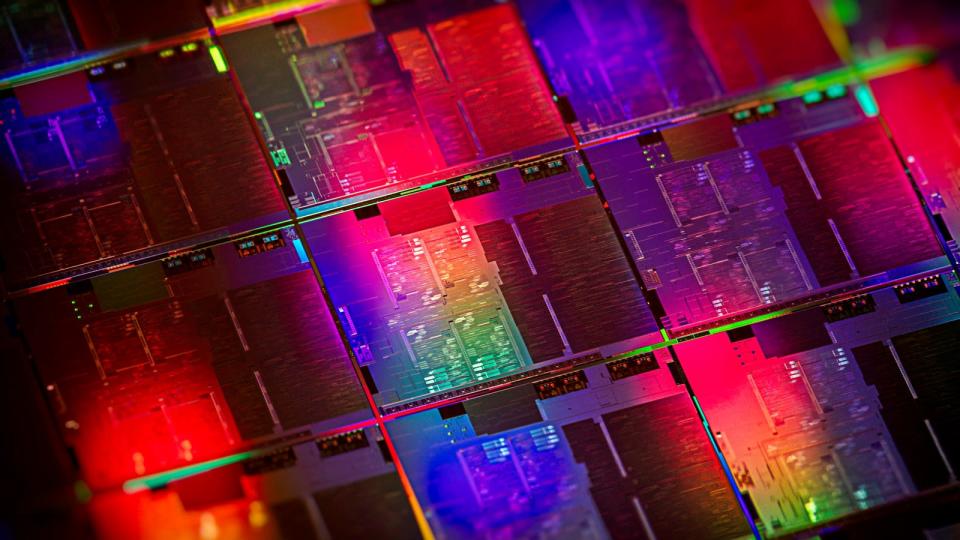Intel unveils its first 10th-gen laptop CPUs
‘Ice Lake’ is going to make ultraportables a lot more useful.
Intel gave us the broad strokes of its 10th-generation "Ice Lake" notebook CPUs at Computex a few months ago, but now the company is finally ready to give us more details. You can expect 11 new processors at first, ranging from a lowly dual-core i3 to a quad-core i7, all built on its new 10-nanometer "Sunny Cove" architecture. No surprises there. But this time around, the model numbers are going to get a bit more complicated, since the company is offering three different graphics options. If you thought it was tough telling Intel's chips apart before, get ready for even longer and more complex names, like the cream of the crop Core i7-1068G7.
Intel hasn't been shy about hyping up its new teraflop Iris Plus graphics, which can play some games in 1080p, a notable feat for an integrated notebook GPU. But only higher-end 10th-gen chips will get the full power of that hardware. They'll be labeled with "G7" at the end of their model numbers, indicating that they have 64 EUs (execution units). Processors tagged with "G4" will have 48 EUs, but will still have the benefits of Iris Plus tech. At the lowest end are the "G1" chips, which will have Intel's usual integrated "UHD" graphics with 32 EUs. You can also expect some clock speed variations across those graphics models.

As usual, Intel is breaking up its laptop chip family into the "Y-Series," which are meant for incredibly slim and efficient machines, and the "U-Series," which are geared towards more capable ultraportables like Dell's XPS 13. Surprisingly enough, Y-Series chips are getting a bit more capable this generation, with the first-ever quad-core models. I won't expect them to be capable 1080p gaming machines, even with G7 Iris Plus graphics, but they should at least be more powerful than any of Intel's previous notebook chips.

Just like Intel said before, the 10th-gen processors reach up to 4.1GHz boost speeds in the most powerful model, whereas the eighth-gen i7-8565U got up to 4.6GHz. Still, the new chips are faster in other ways. Intel claims its "Sunny Cove" architecture can handle 18 percent more instructions per clock than before. That lets them do more work at equivalent clock speeds. And coupled with other upgrades, like a significantly larger L1 and L2 cache, the 10th-gen CPUs should be noticeably faster in day-to-day work.
We've already covered most of the upgrades you can expect from the new processors, but in brief, they'll include faster AI computation; Thunderbolt 3 support for up to four ports; and next-generation Wi-Fi 6 connectivity. And of course, the new 10nm means they'll be much more efficient than any of the company's previous chips.
While Intel's last few processor upgrades felt like incremental steps, the 10th-gen "Ice Lake" hardware seems like a huge leap forward — at least based on their specs. You can expect to see notebooks featuring the 10th-gen chips in the coming months, including Dell's XPS 13 2-in-1, Acer's Swift 5, and others as part of its next-generation Project Athena program.


